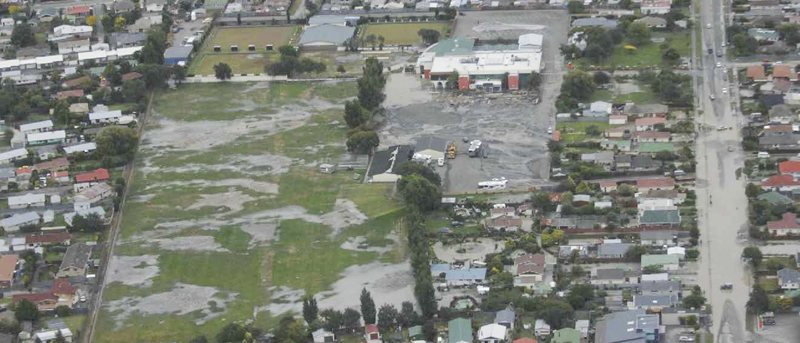There are so many considerations to research and find solutions for when attempting to build a sustainable, resilient and durable structure.

Environmental conditions come in all different forms. For instance, in Vancouver’s prestigious False Creek area, liquefaction is a big issue that could be hazardous to any below grade structure. What is Liquefaction you ask? Liquefaction is the ‘physical change that occurs when certain souls are shaken and transformed from solid ground capable of supporting a structure to a quick-sand like liquid with a greatly reduced ability to bear the weight of the building.

- Saturated with groundwater;
- Composed of sand or silt-sized particles; and
- Compacted fairly loose.
This becomes especially true when it comes to the threat of an earthquake. Those regions where liquefaction is probable to become the most at risk. There are mitigation factors that do allow building to become possible without buildings sinking if an earthquake were to hit. Liquefaction can be mitigated by improving the strength, density, and/or drainage characteristics of the soul. That said, this isn’t the only consideration when building in a liquefaction zone like False Creek. These areas are also prone to flooding, which means concrete must be able to withstand some form of hydrostatic pressure, blocking the ingress of moisture into the concrete.
This will be the case for the new St. Paul’s Hospital construction project, which will be built in the False Creek flats. With below grade parking, a necessity for the facility, durable and resilient concrete will be a must.
Here is a great video on the liquefaction video by Global News – http://goo.gl/grXW2q.



